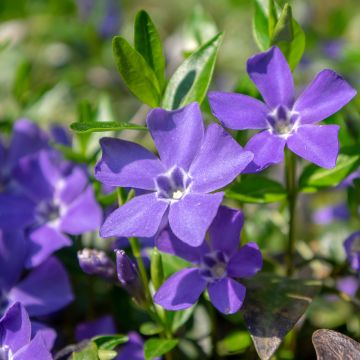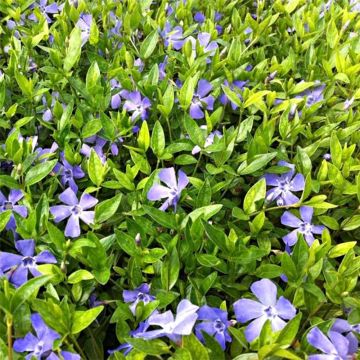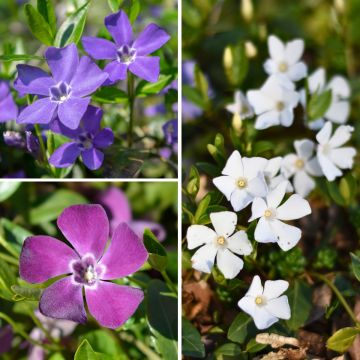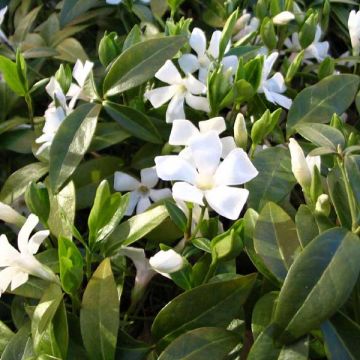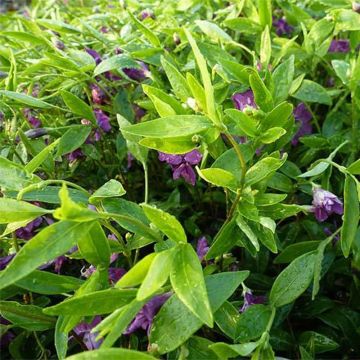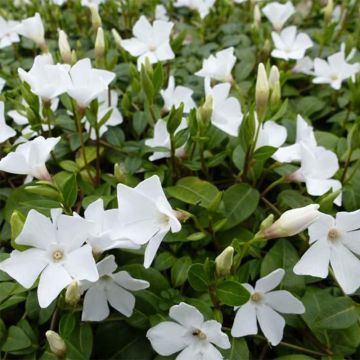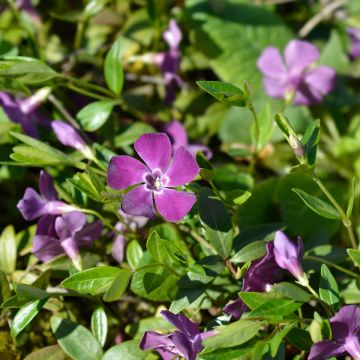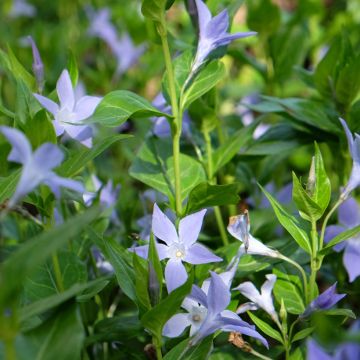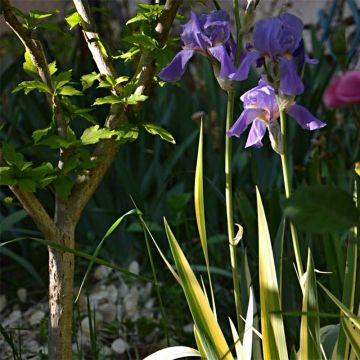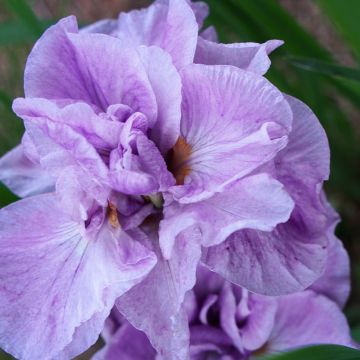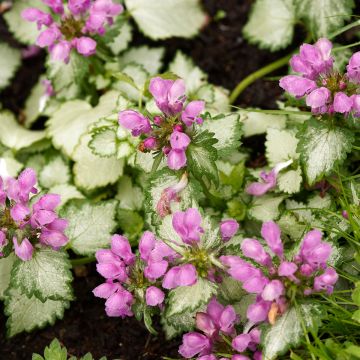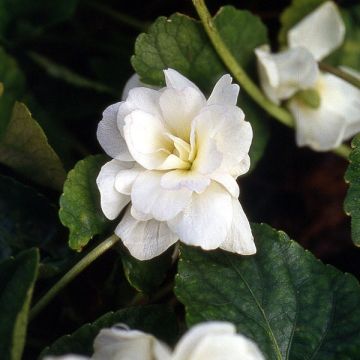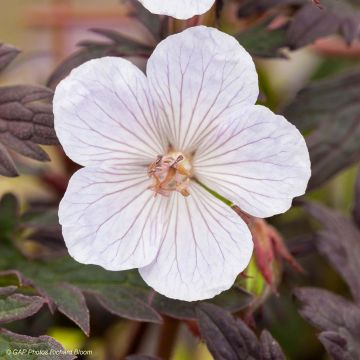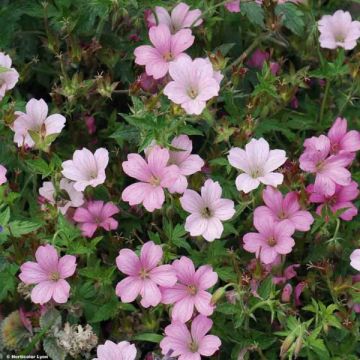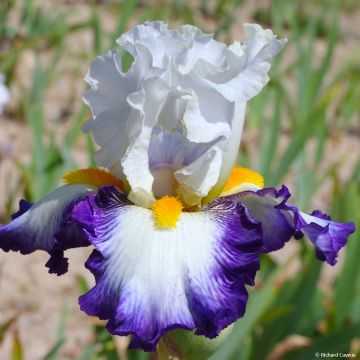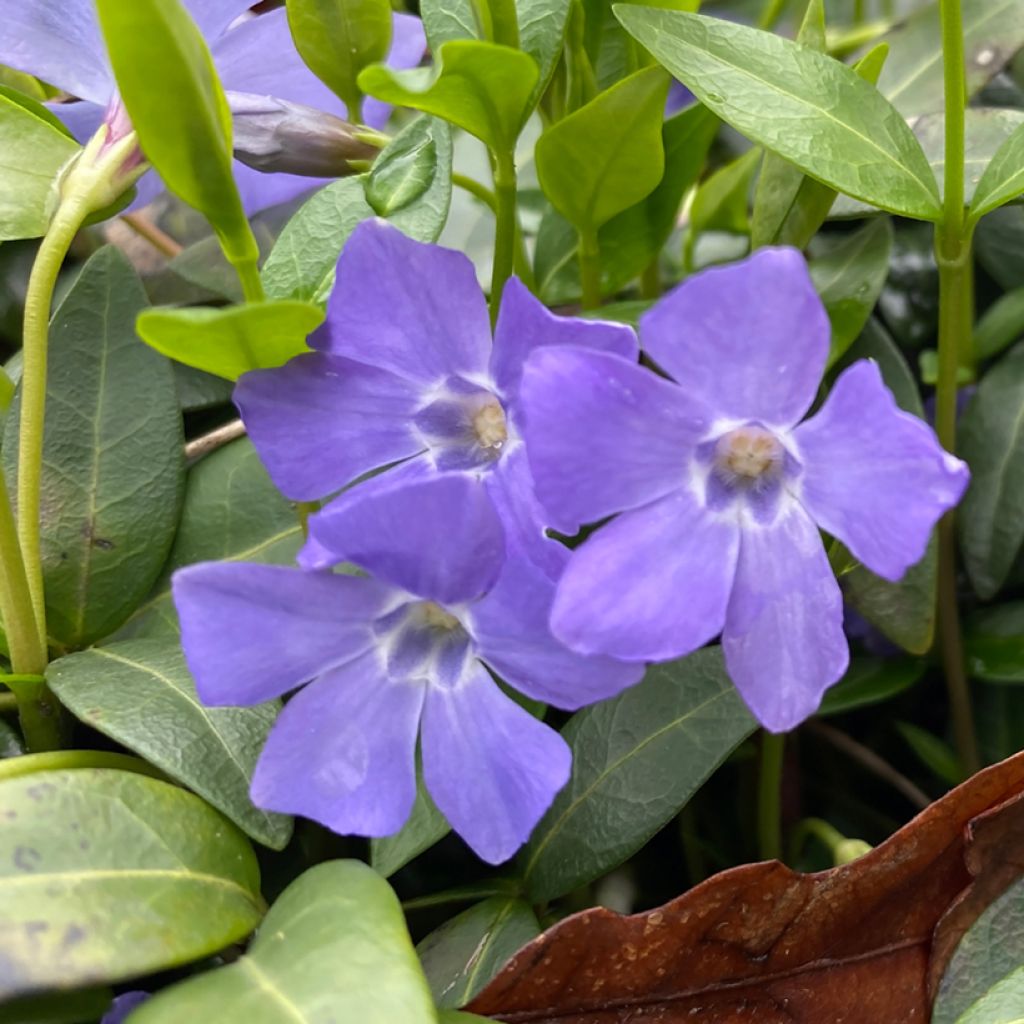

Vinca major
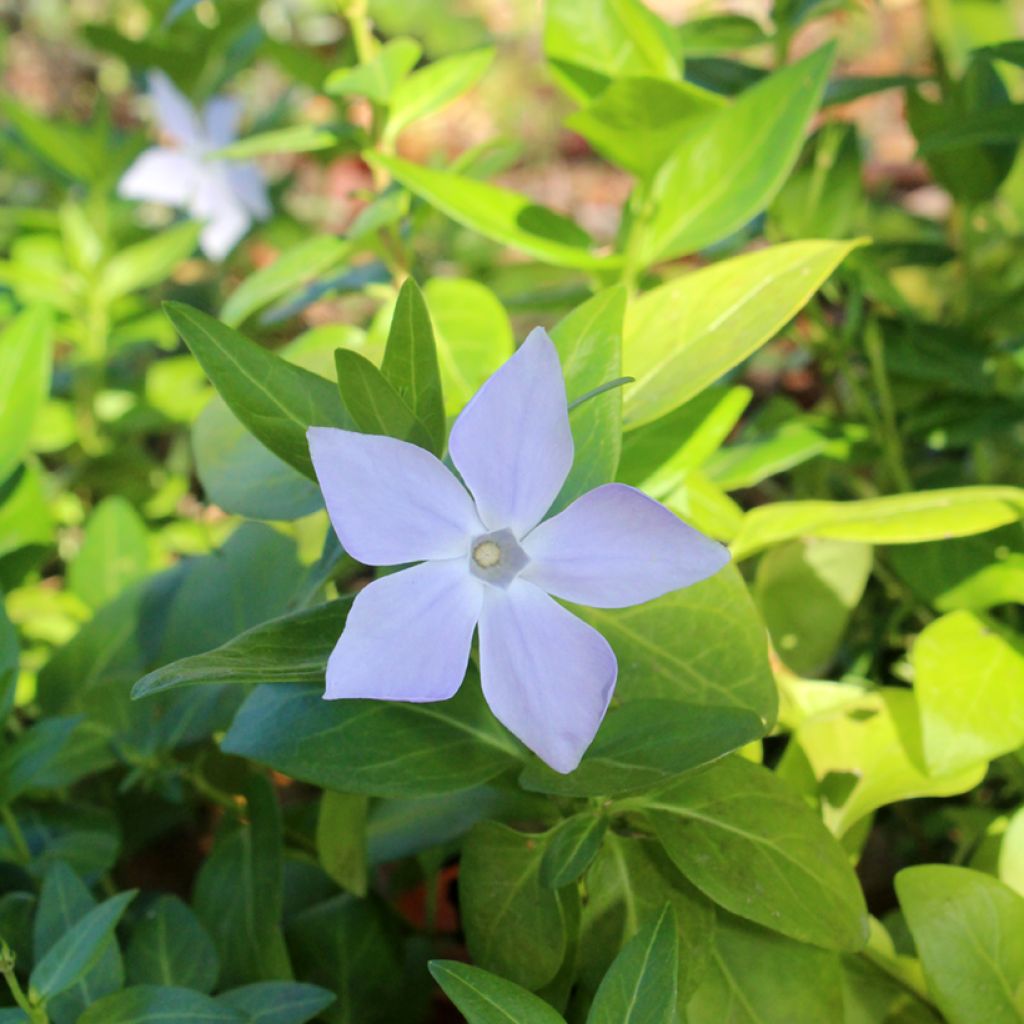

Vinca major
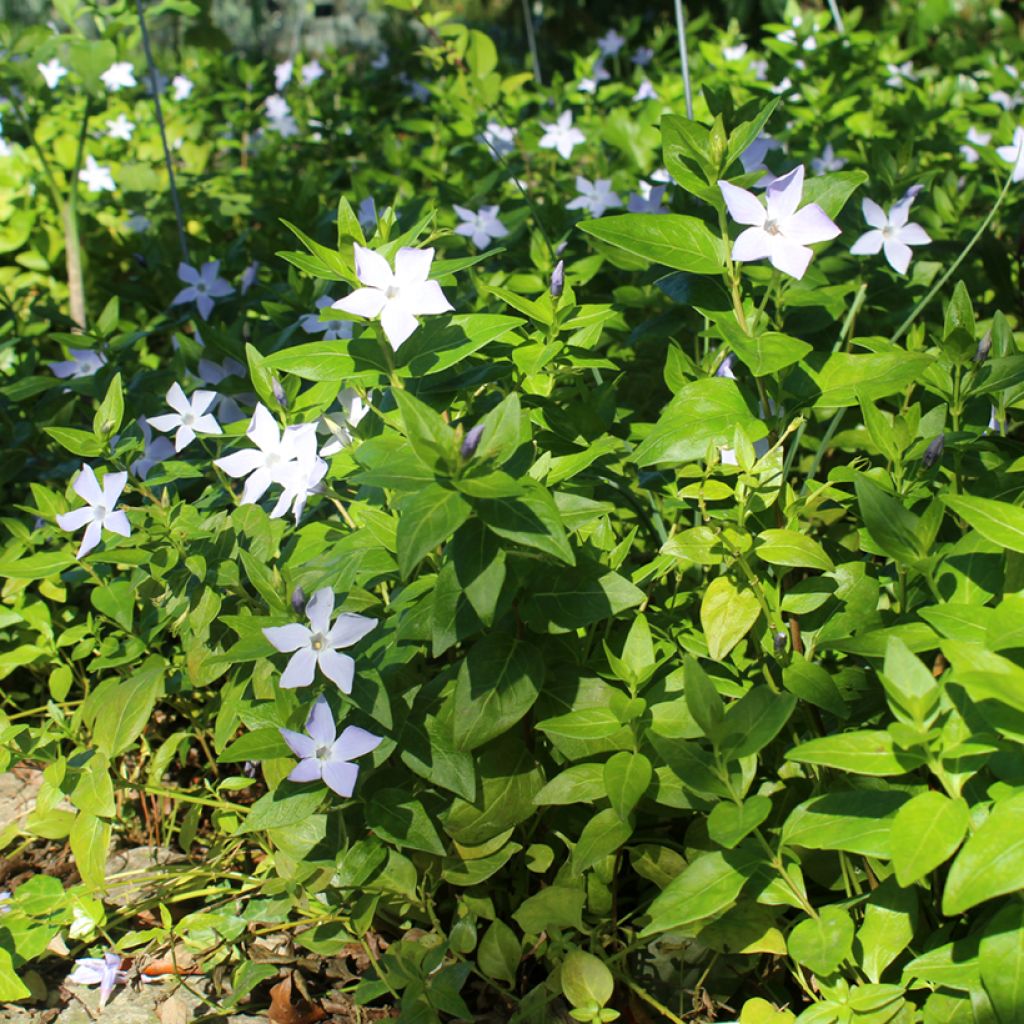

Vinca major
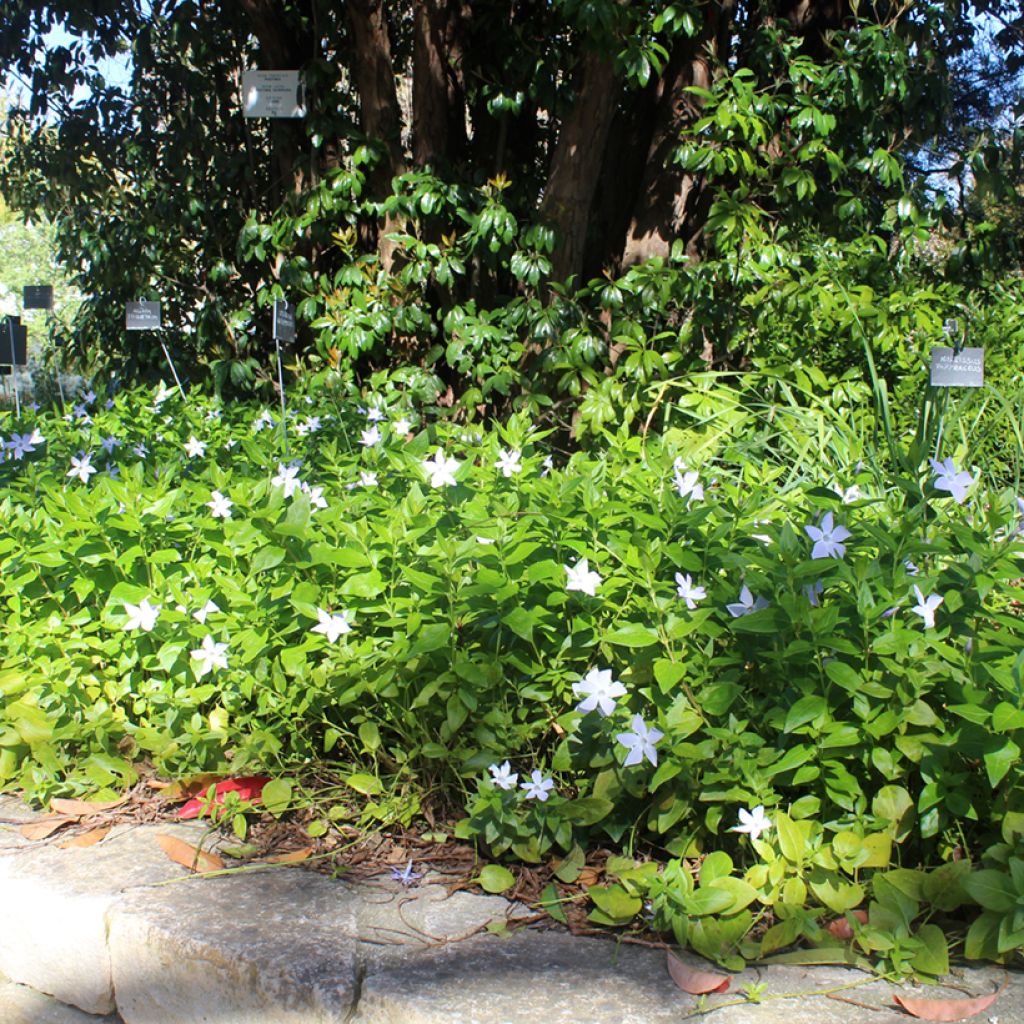

Vinca major
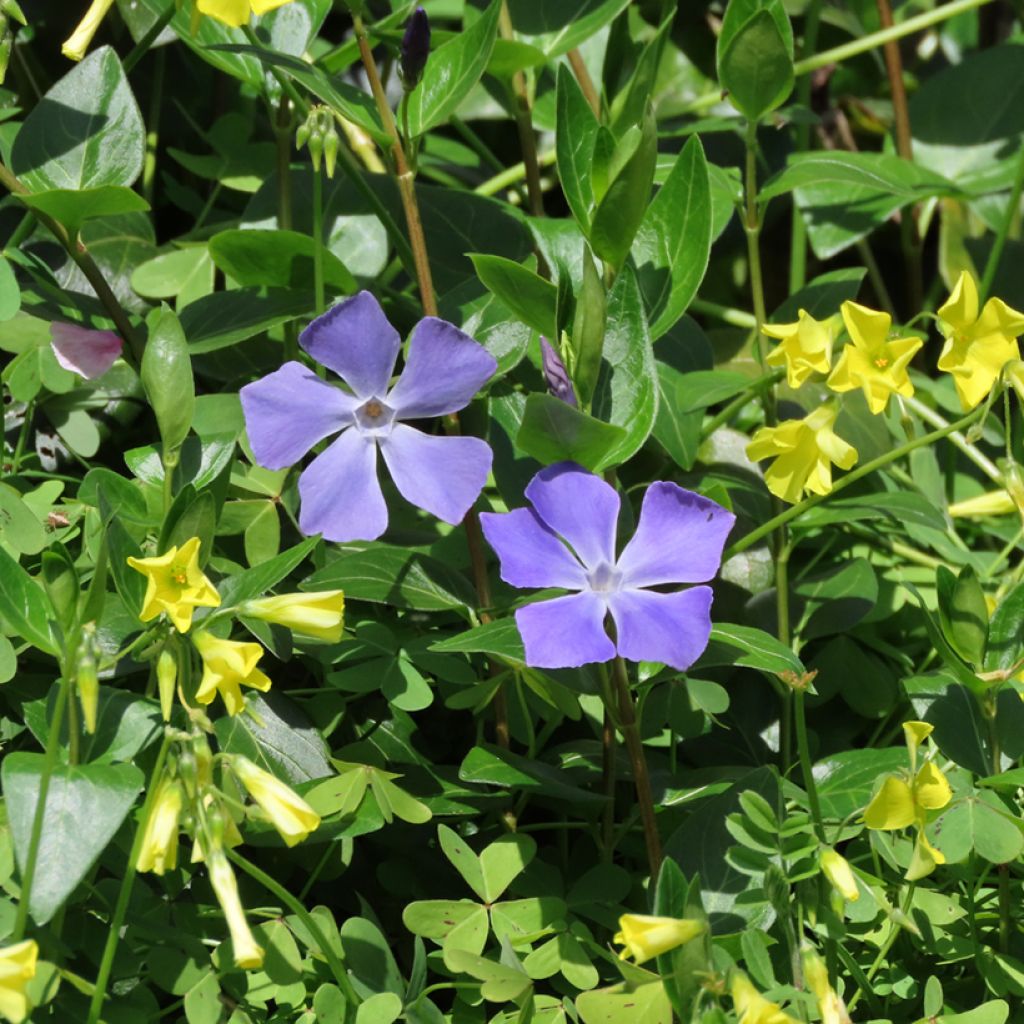

Vinca major
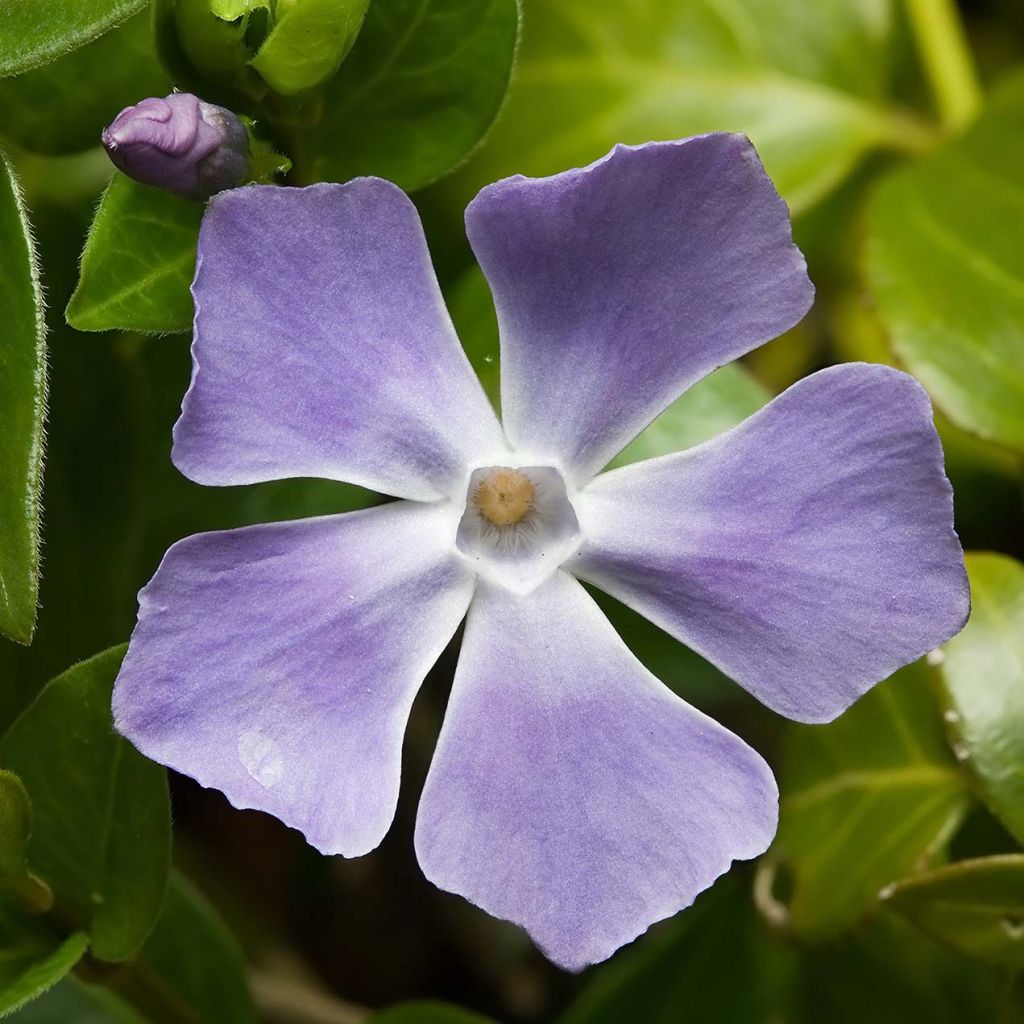

Vinca major
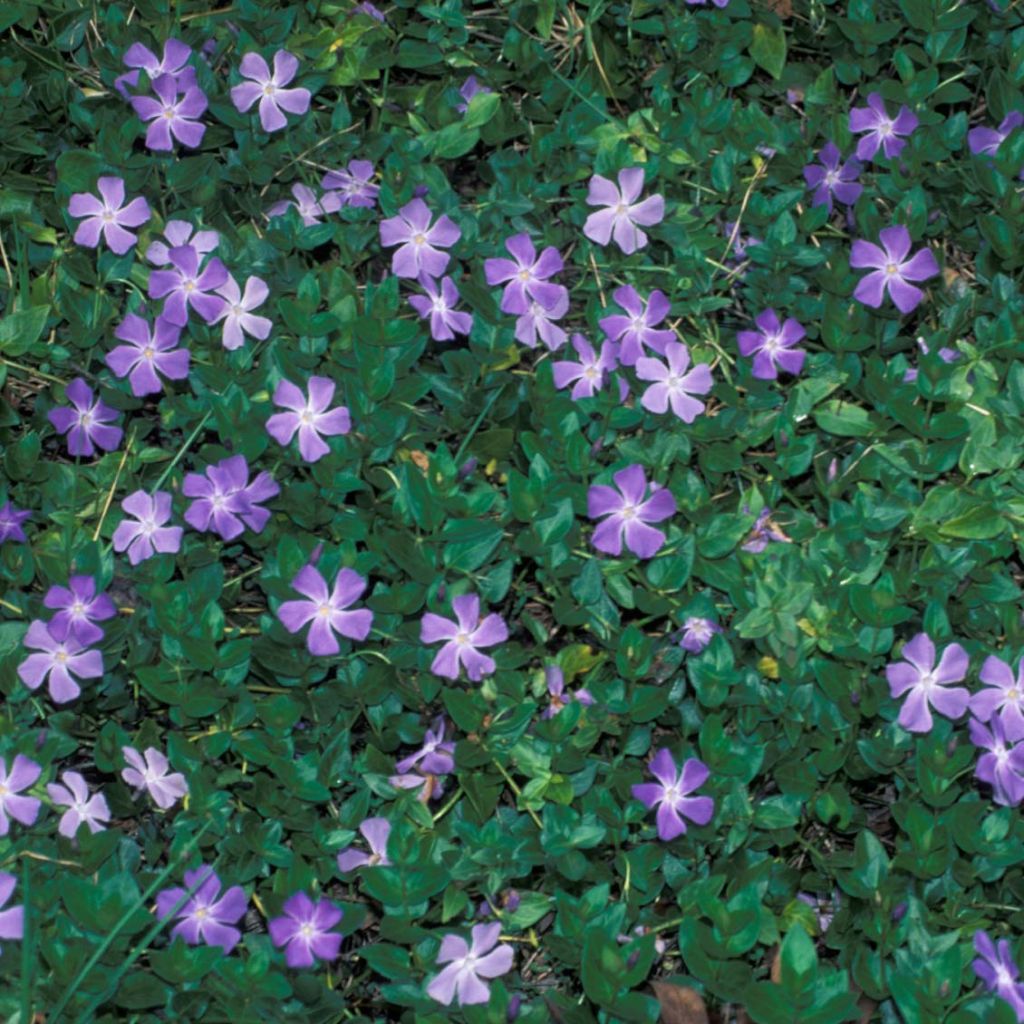

Vinca major
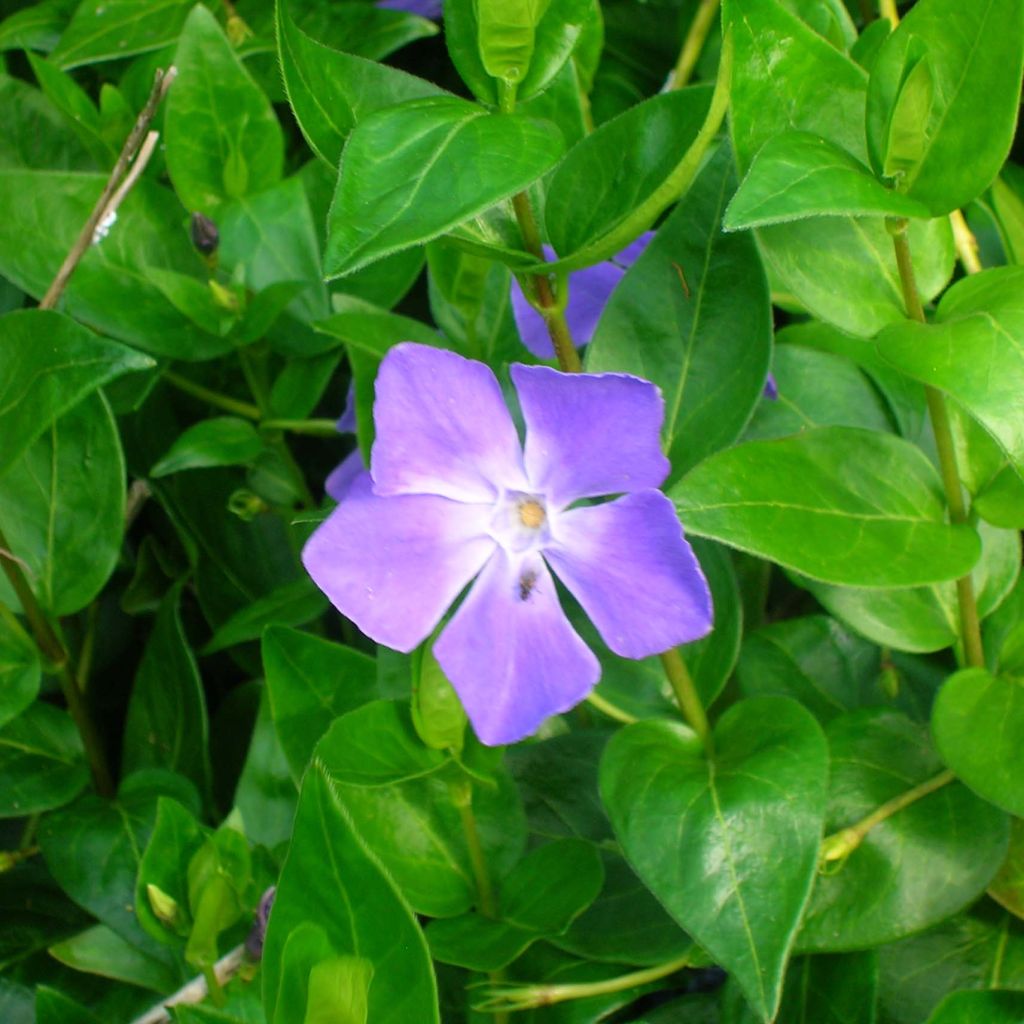

Vinca major
Vinca major
Vinca major
Greater Periwinkle, Blue Periwinkle, Large Periwinkle, Grave Myrtle, Ground Myrtle, Creeping Myrtle
The periwinkles were delivered today (31/10), beautiful and well protected - thank you for the promptness!
Danièle, 31/10/2024
This item cannot be shipped to the selected country
Delivery charge from €5.90
Delivery to Corse prohibited
More information
Schedule delivery date,
and select date in basket
This plant carries a 12 months recovery warranty
More information
We guarantee the quality of our plants for a full growing cycle, and will replace at our expense any plant that fails to recover under normal climatic and planting conditions.
From €5.90 for pickup delivery and €6.90 for home delivery
Express home delivery from €8.90.
Delivery to Corse prohibited: UE law prohibits the import of this plant from mainland France to Corse as part of the fight against Xylella fastidiosa. Please accept our sincere apologies.
More information

Does this plant fit my garden?
Set up your Plantfit profile →
Description
Vinca major, also known as greater periwinkle, is a vigorous and hardy creeping perennial. Its long stems grow rapidly to form a thick groundcover that thrives in both shade and sun. Its beautiful evergreen and glossy green leaves provide a backdrop for the numerous blue flowers that appear from April onwards. Perfect for spreading under trees, shrubs, or even around larger perennials and for covering bare soil, it also thrives in containers and will provide coverage throughout the year.
The greater periwinkle is a creeping perennial belonging to the Apocynaceae family. It thrives in hedges, woodlands, and shady rock gardens. It has elongated stems that are woody at the base and produce roots where they come in contact with the ground. This characteristic allows it to spread over an area exceeding one square meter if not contained. Its stems are covered with oval, acuminate leaves with ciliated edges and a beautiful glossy green colour. The leaves are tough, evergreen, and, along with the tangled stems, form a dense mat that reaches a height of 20 to 30 cm (8 to 12in). In spring, pretty flowers of a blue-violet colour bloom. The flowers consist of five fused lobes forming a corolla, wider at the top and obliquely truncate, measuring 4 cm (2in) in diameter. While abundant in sunny areas, they are less numerous in shaded locations but still present.
Vinca major is a great choice for naturally colonising areas that are often left bare and unappreciated. It prefers moist soil but can tolerate drought and poor soil. Whether at the base of a wall, on a slope, or under a hedge, it will find nourishment and space to grow while providing evergreen vegetation and natural flowering. When suspended or planted in containers, it will create a beautiful trailing decorative display.
Report an error about the product description
Vinca major in pictures
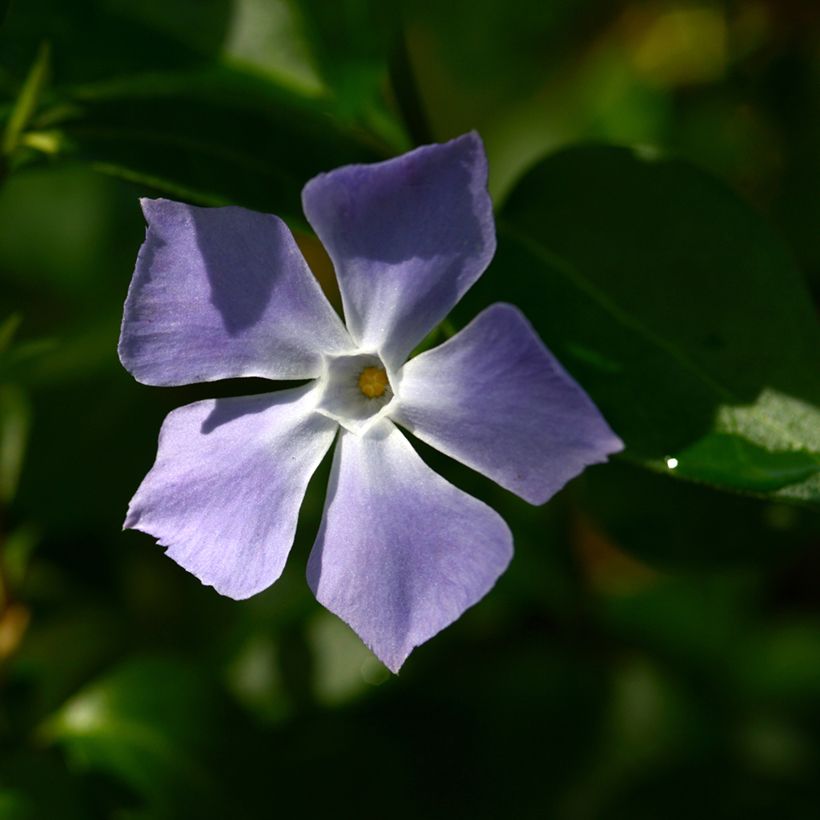

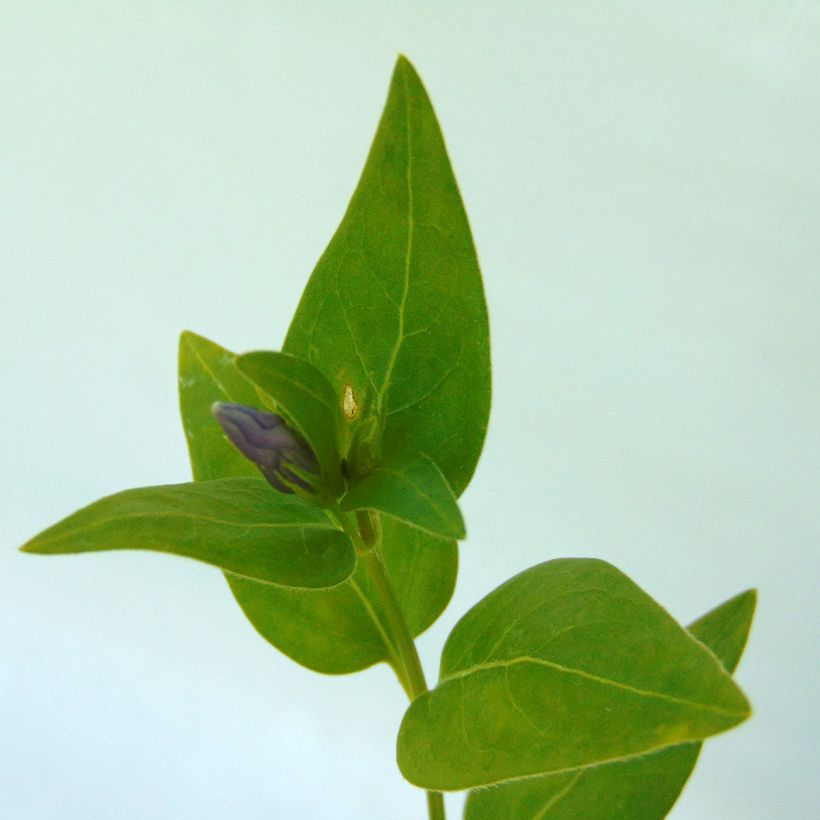

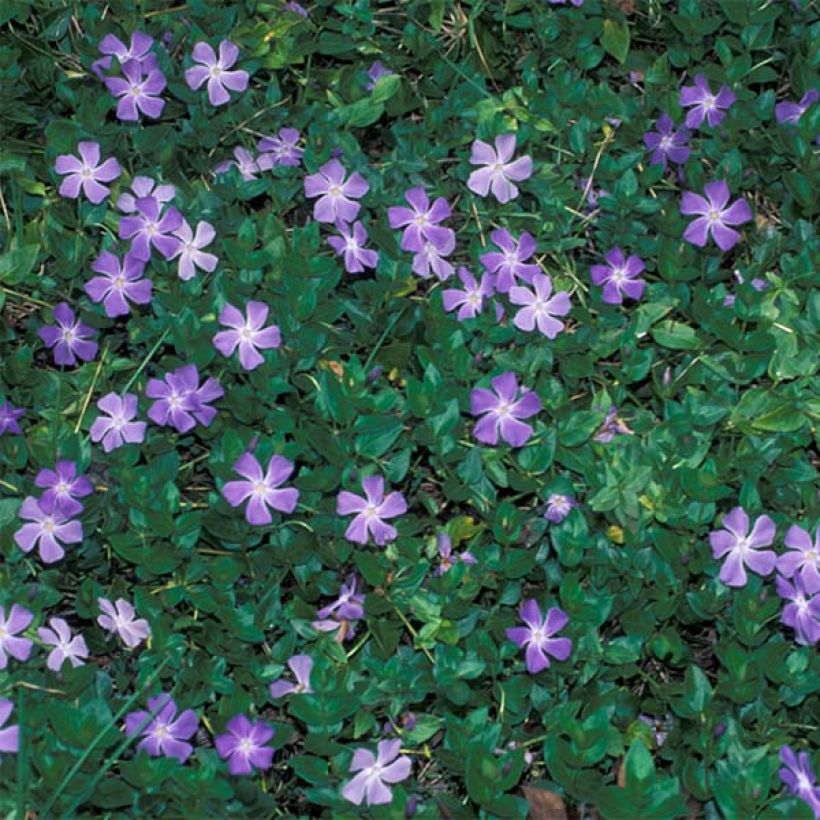

Flowering
Foliage
Plant habit
Botanical data
Vinca
major
Apocynaceae
Greater Periwinkle, Blue Periwinkle, Large Periwinkle, Grave Myrtle, Ground Myrtle, Creeping Myrtle
Central Europe
Other Vinca - Periwinkle
Planting and care
Vinca major establishes itself in spring or autumn in all types of soils. It prefers those that retain some moisture, but it can also tolerate drought and poor soils. However, don't forget to water it during its establishment!
It thrives in all exposures and even flowers (although slightly less generously) in shade.
Vinca major requires no maintenance. You can prune it if you want to maintain a compact shape or to limit its vigorous growth. Be careful not to let it compete with smaller perennials with more timid growth, as it may invade them.
Its foliage is toxic.
Planting period
Intended location
Care
-
, onOrder confirmed
Reply from on Promesse de fleurs
Spring flowering perennials
Haven't found what you were looking for?
Hardiness is the lowest winter temperature a plant can endure without suffering serious damage or even dying. However, hardiness is affected by location (a sheltered area, such as a patio), protection (winter cover) and soil type (hardiness is improved by well-drained soil).

Photo Sharing Terms & Conditions
In order to encourage gardeners to interact and share their experiences, Promesse de fleurs offers various media enabling content to be uploaded onto its Site - in particular via the ‘Photo sharing’ module.
The User agrees to refrain from:
- Posting any content that is illegal, prejudicial, insulting, racist, inciteful to hatred, revisionist, contrary to public decency, that infringes on privacy or on the privacy rights of third parties, in particular the publicity rights of persons and goods, intellectual property rights, or the right to privacy.
- Submitting content on behalf of a third party;
- Impersonate the identity of a third party and/or publish any personal information about a third party;
In general, the User undertakes to refrain from any unethical behaviour.
All Content (in particular text, comments, files, images, photos, videos, creative works, etc.), which may be subject to property or intellectual property rights, image or other private rights, shall remain the property of the User, subject to the limited rights granted by the terms of the licence granted by Promesse de fleurs as stated below. Users are at liberty to publish or not to publish such Content on the Site, notably via the ‘Photo Sharing’ facility, and accept that this Content shall be made public and freely accessible, notably on the Internet.
Users further acknowledge, undertake to have ,and guarantee that they hold all necessary rights and permissions to publish such material on the Site, in particular with regard to the legislation in force pertaining to any privacy, property, intellectual property, image, or contractual rights, or rights of any other nature. By publishing such Content on the Site, Users acknowledge accepting full liability as publishers of the Content within the meaning of the law, and grant Promesse de fleurs, free of charge, an inclusive, worldwide licence for the said Content for the entire duration of its publication, including all reproduction, representation, up/downloading, displaying, performing, transmission, and storage rights.
Users also grant permission for their name to be linked to the Content and accept that this link may not always be made available.
By engaging in posting material, Users consent to their Content becoming automatically accessible on the Internet, in particular on other sites and/or blogs and/or web pages of the Promesse de fleurs site, including in particular social pages and the Promesse de fleurs catalogue.
Users may secure the removal of entrusted content free of charge by issuing a simple request via our contact form.
The flowering period indicated on our website applies to countries and regions located in USDA zone 8 (France, the United Kingdom, Ireland, the Netherlands, etc.)
It will vary according to where you live:
- In zones 9 to 10 (Italy, Spain, Greece, etc.), flowering will occur about 2 to 4 weeks earlier.
- In zones 6 to 7 (Germany, Poland, Slovenia, and lower mountainous regions), flowering will be delayed by 2 to 3 weeks.
- In zone 5 (Central Europe, Scandinavia), blooming will be delayed by 3 to 5 weeks.
In temperate climates, pruning of spring-flowering shrubs (forsythia, spireas, etc.) should be done just after flowering.
Pruning of summer-flowering shrubs (Indian Lilac, Perovskia, etc.) can be done in winter or spring.
In cold regions as well as with frost-sensitive plants, avoid pruning too early when severe frosts may still occur.
The planting period indicated on our website applies to countries and regions located in USDA zone 8 (France, United Kingdom, Ireland, Netherlands).
It will vary according to where you live:
- In Mediterranean zones (Marseille, Madrid, Milan, etc.), autumn and winter are the best planting periods.
- In continental zones (Strasbourg, Munich, Vienna, etc.), delay planting by 2 to 3 weeks in spring and bring it forward by 2 to 4 weeks in autumn.
- In mountainous regions (the Alps, Pyrenees, Carpathians, etc.), it is best to plant in late spring (May-June) or late summer (August-September).
The harvesting period indicated on our website applies to countries and regions in USDA zone 8 (France, England, Ireland, the Netherlands).
In colder areas (Scandinavia, Poland, Austria...) fruit and vegetable harvests are likely to be delayed by 3-4 weeks.
In warmer areas (Italy, Spain, Greece, etc.), harvesting will probably take place earlier, depending on weather conditions.
The sowing periods indicated on our website apply to countries and regions within USDA Zone 8 (France, UK, Ireland, Netherlands).
In colder areas (Scandinavia, Poland, Austria...), delay any outdoor sowing by 3-4 weeks, or sow under glass.
In warmer climes (Italy, Spain, Greece, etc.), bring outdoor sowing forward by a few weeks.

































